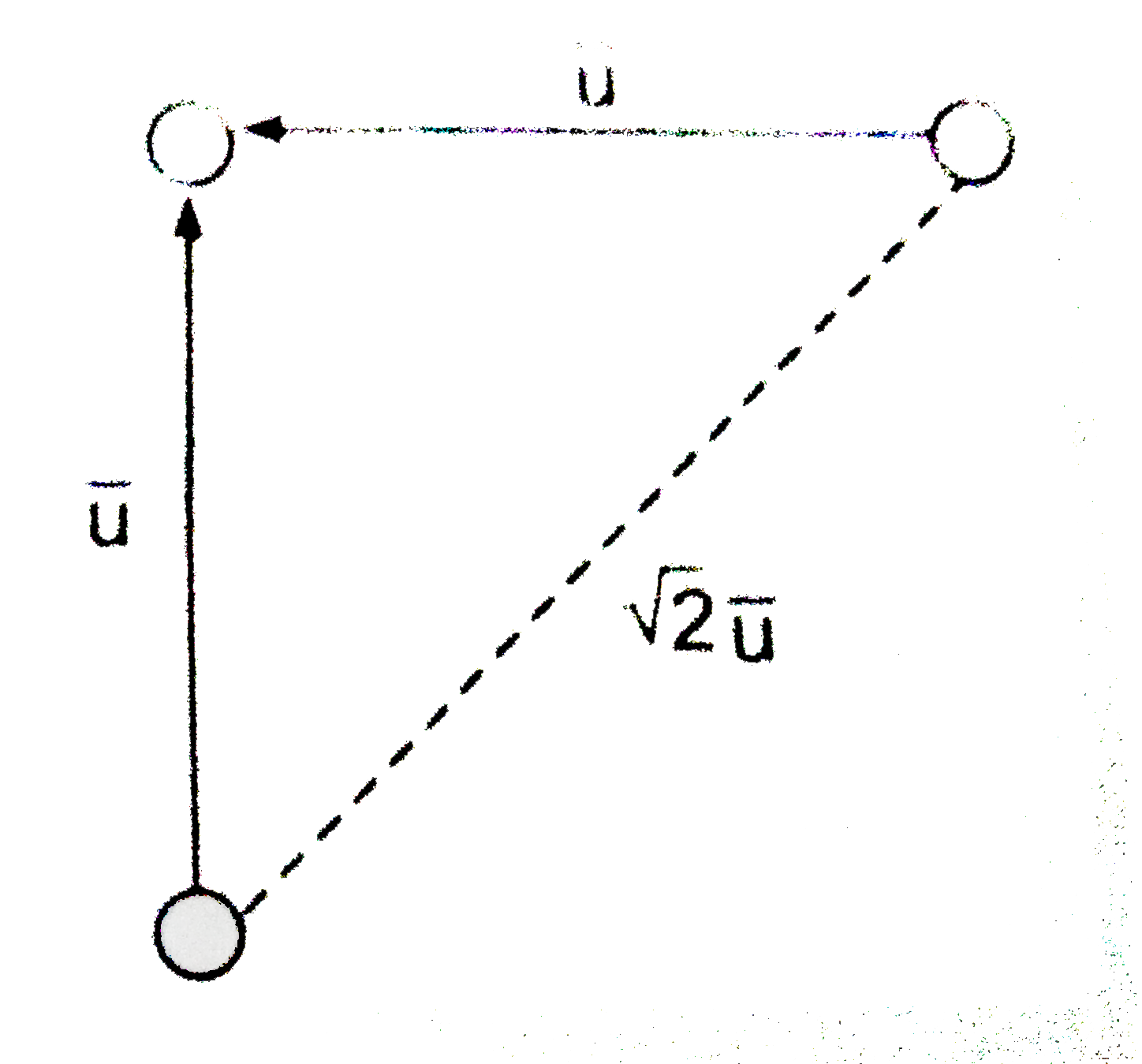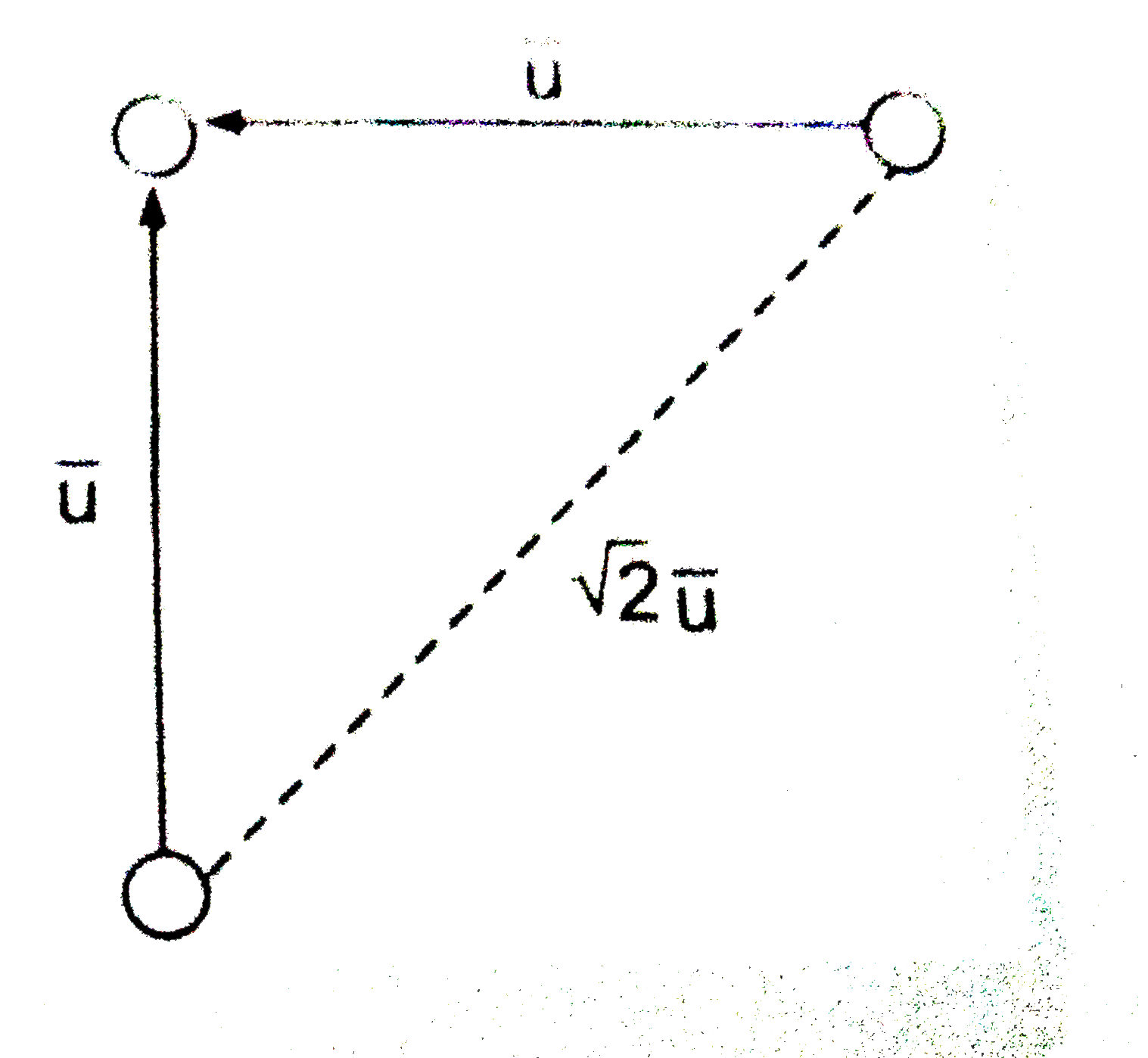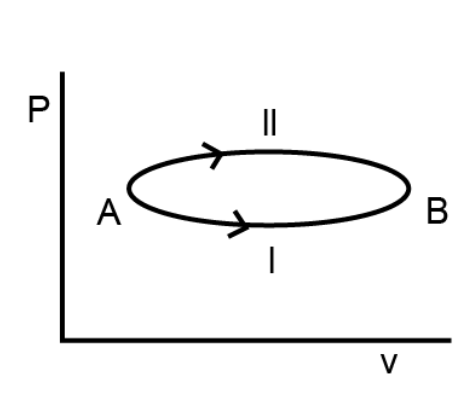If u1 and u2 are the units selected in two systems of measurement and n1 and n2 their numerical values, then
A
n1u1=n2u2
B
n1u1+n2u2=0
C
n1n2=u1u2
D
(n1+u1)l=(n2+u2)
Video Solution
Text Solution
The correct Answer is:A
Pysical quantity (p)= numerical value (n)×unit(u) If pysical quantity remains constant then n∝1u ∵ n1u1=n2u2.
|
Updated on:21/07/2023
Related Playlists
- BOOK - CENGAGE PHYSICSCHAPTER - CENGAGE PHYSICS DPPEXERCISE - Fill in the blanks type26videos
CENGAGE PHYSICS DPP
- BOOK - CENGAGE PHYSICSCHAPTER - CENGAGE PHYSICS DPPEXERCISE - Comprehension Type31videos
CENGAGE PHYSICS DPP
- BOOK - CENGAGE PHYSICSCHAPTER - CENGAGE PHYSICS DPPEXERCISE - Multiple Correct Answer Type54videos
CENGAGE PHYSICS DPP
- BOOK - CENGAGE PHYSICSCHAPTER - CAPACITOR AND CAPACITANCEEXERCISE - Integer5videos
CAPACITOR AND CAPACITANCE
- BOOK - CENGAGE PHYSICSCHAPTER - CENTRE OF MASS CONVERSATION OF MOMENTUM AND COLLISIONEXERCISE - Question Bank38videos
CENTRE OF MASS CONVERSATION OF MOMENTUM AND COLLISION
Similar Practice Problems
- Question 1 - Select One
If u1andu2 are the selected in two system of measurement and n1andn2 their nomerical values, then
An1u1=n2u2Bn1u1+n2u2=0Cn1n2=u1u2D(n1+u1)=(n2+u2) - Question 1 - Select One
A physical quantity is measured and the result is expressed as nu where u is the unit used and n is the numberical value. If the result is expressed in various units then
An∝uBn∝u2Cn∝√uDn∝1u - Question 1 - Select One
STATEMENT 1 When the unit for measurement of a quantity is changed, its numerical value changes
STATEMENT 2 Smaller the unit of measurement matter is its numerical valueAStatement-1 is True , Statement-2 is True ,Statement-2 is a correct explanation for Statement-1BStatement-1 is True , Statement-2 is True ,Statement-2 is NOT a correct explanation for Statement-1CStatement-1 is True , Statement-2 is FalseDStatement-1 is False, Statement-2 is True - Question 1 - Select One
The numerical values and units of a physical quantity in two different system of units are n1,n2andu1,u2 respectively. Then
An1u2=n2u1Bn1u21=n2u22Cn1=n2&u1=u2Dn1u1=n2u2 - Question 1 - Select One
Let ΔU1andΔU2 be the changes in energy of the system in the process A and B then.
 AΔU1>ΔU2BΔU1=ΔU2CΔU1<ΔU2DΔU1≠ΔU2
AΔU1>ΔU2BΔU1=ΔU2CΔU1<ΔU2DΔU1≠ΔU2 - Question 1 - Select One

A point object O is kept at a distance OP=u The radius of curvature of the spherical surface APB is CP=R The refractive index of the media are n1 and n2 which are as shown in the diagram . Then,
(A) if n1>n2, image is virtual for all values of u
(B) if n2=2n1 image is virtual when R>u
(C) The image is real for all values of u, n1 and n2 here, the correct statements is/areAonly (B)Bboth (A) and (B)Conly (A)D(A),(B) and (C) - Question 1 - Select One
Collision cross-section is an area of an imaginary sphere of radius σ around the molecule within which the centre of another molecule cannot penetrate.
The volume swept by a single molecule in unit time is

V=(πσ2)¯u where ¯u is the average speed
If N∗ is the number of molecules per unit volume, then the number of molecules within the volume V is
N=VN∗=(πσ2¯u)N∗
Hence, the number of collision made by a single molecule in unit time will be
Z=N=(πσ2¯u)N∗
In order to account for the movements of all molecules, we must consider the average velocity along the line of centres of two coliding molecules instead of the average velocity of a single molecule . If it is assumed that, on an average, molecules collide while approaching each other perpendicularly, then the average velocity along their centres is √2¯u as shown below.

Number of collision made by a single molecule with other molecule per unit time is given by
Z1=πσ2(¯urel)N∗=√2πσ2¯uN∗
The total number of bimolecular collisions Z11 per unit volume per unit time is given by
Z11=12(Z1N∗)orZ11=12(√2πσ2¯uN∗)N∗=1√2πσ2¯uN∗2
If the collsion involve two unlike molecules then the number of collisions Z12 per unit volume per unit time is given as
Z12=πσ212(√8kTπμ)N1N2
where N1 and N2 are the number of molecules per unit volume of the two types of molecules, σ12 is the average diameter of the two molecules and μ is the reduced mass. The mean free path is the average distance travelled by a molecule between two successive collisions. We can express it as follows :
λ=Average distance travelled per unit timeNO. of collisions made by a single molecule per unit time=¯uZ1
or λ=¯u√2πσ2¯uN∗⇒1√2πσ2¯uN∗
Three ideal gas samples in separate equal volume containers are taken and following data is given :
PressureTemperatureMean free pathsMol.wt.Gas A1atm1600K0.16nm20Gas B2atm200K0.16nm40Gas C4atm400K0.04nm80
Calculate number of collision by one molecule per sec (Z1).A4:1:4B1:4:4C4:3:2D1:2:4 - Question 1 - Select One
Collision cross-section is an area of an imaginary sphere of radius σ around the molecule within which the centre of another molecule cannot penetrate.
The volume swept by a single molecule in unit time is

V=(πσ2)¯u where ¯u is the average speed
If N∗ is the number of molecules per unit volume, then the number of molecules within the volume V is
N=VN∗=(πσ2¯u)N∗
Hence, the number of collision made by a single molecule in unit time will be
Z=N=(πσ2¯u)N∗
In order to account for the movements of all molecules, we must consider the average velocity along the line of centres of two coliding molecules instead of the average velocity of a single molecule . If it is assumed that, on an average, molecules collide while approaching each other perpendicularly, then the average velocity along their centres is √2¯u as shown below.

Number of collision made by a single molecule with other molecule per unit time is given by
Z1=πσ2(¯urel)N∗=√2πσ2¯uN∗
The total number of bimolecular collisions Z11 per unit volume per unit time is given by
Z11=12(Z1N∗)orZ11=12(√2πσ2¯uN∗)N∗=1√2πσ2¯uN∗2
If the collsion involve two unlike molecules then the number of collisions Z12 per unit volume per unit time is given as
Z12=πσ212(√8kTπμ)N1N2
where N1 and N2 are the number of molecules per unit volume of the two types of molecules, σ12 is the average diameter of the two molecules and μ is the reduced mass. The mean free path is the average distance travelled by a molecule between two successive collisions. We can express it as follows :
λ=Average distance travelled per unit timeNO. of collisions made by a single molecule per unit time=¯uZ1
or λ=¯u√2πσ2¯uN∗⇒1√2πσ2¯uN∗
For a given gas the mean free path at a particular pressure is :Aindependent to temperatureBdecreases with rise in temperatureCincreases with rise in temperatureDdirectly proportional to T2
Similar Questions
When some object is kept at a distances u1andu2 from the concave mirror then size of images are found to be same. If magnitude of focal length can be written as (u1+u2)/n, then what will be the value of n ?
|0123456789|View SolutionTwo path 1 and 2 are shown in figure. If the change in internal energies are U1, and U2 for path 1 and 2 respectively, then
 View Solution
View Solution

